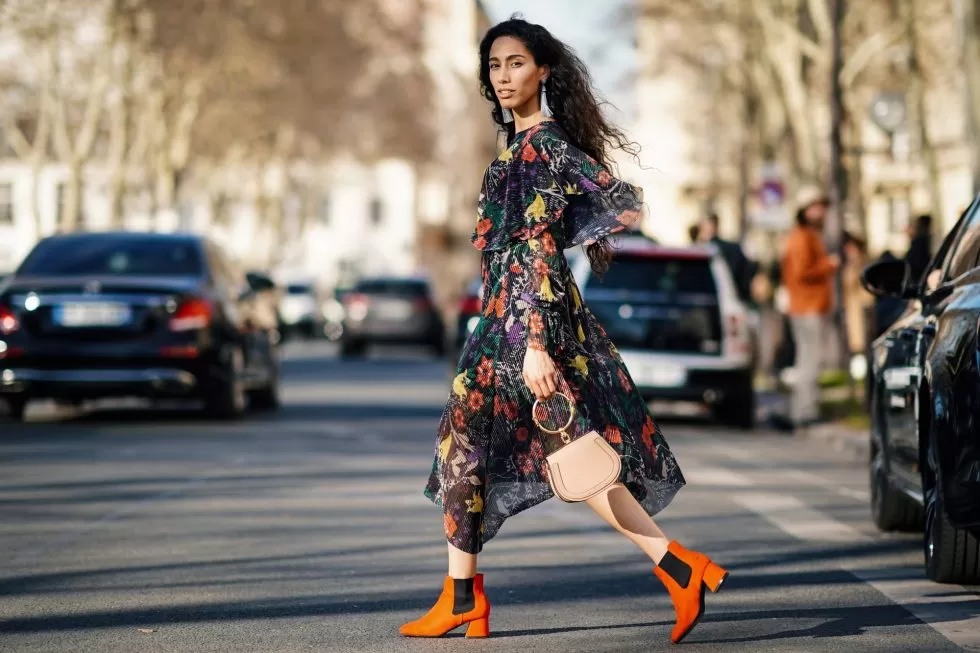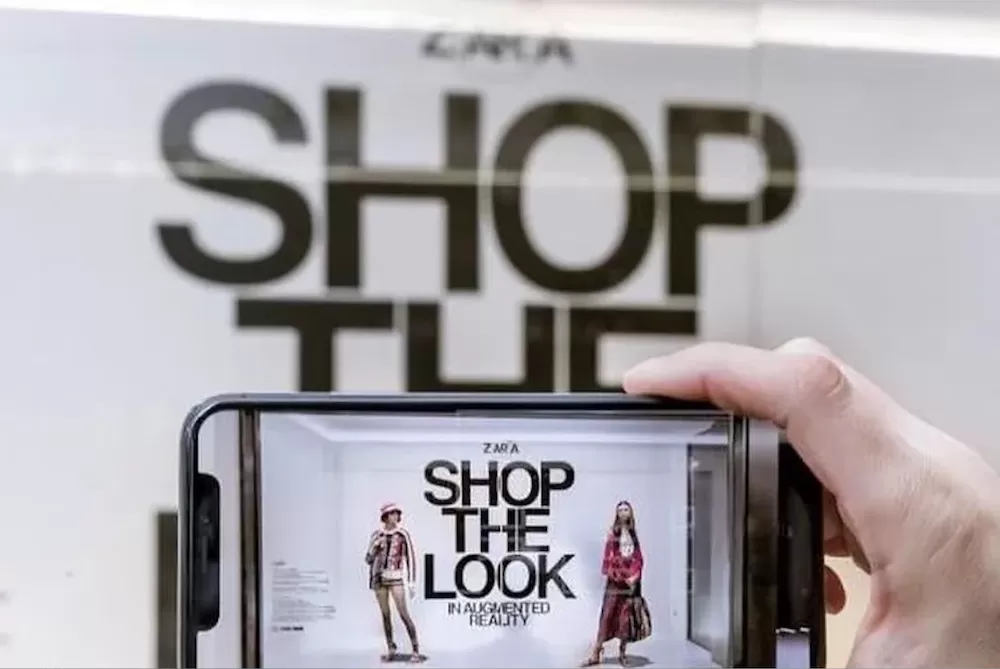Individualism and emerging fashion trends. Fashion is complex and always evolving so when discussing the next big trend, nobody can be totally certain what the next season will bring. In terms of emerging trends, there is always something new, whether in terms of technology or manufacturing methods, or even clothing items that will be making waves.
What in the past was putting off so many individuals, can become a real statement. So, what should we expect in the near future in terms of fashion trends?
Increased adaptation for the millennial consumer
Retailers are taking a shift when it comes to the way they sell their products. The millennial consumer is more inclined to shop online, rather than go searching for various products in brick-and-mortar stores. In this regard, retailers have to adapt their approach and increase their mobile-readiness (AMP) and perfecting their online presence.
This will make them incredibly attractive for an important part of the demographic; the millennial generation. Two years ago, the millennial consumer surpassed the Baby Boomers in population numbers. This year, millennials are expected to spend $1.4 trillion yearly on shopping and retail services. And these numbers are incredible, considering the fact that most millennials are only now entering the prime years of their careers and income generating activities.
And while fashion is a big expense generator in today’s millennial life, beauty comes closely behind. The average female millennial consumer is using approximately 14 beauty products on their face. And the average wardrobe of a millennial consists of articles from various styles, a single individual accumulating more than 30 articles in their wardrobes.
To say nothing of their unprecedented familiarity with ecommerce retail, like no generation before, and consequently the demand for individuality. Indeed there is a new customer decision journey.
A Shift of Trends
During the ‘90s, only goth, angsty teenagers were keen on biker clothing and dark-styled fashion statements. If you closely look at today’s emerging fashion trends, you can easily notice that profile accessory shops increase in popularity, the Bikerringshop claims.
Biker wallets, biker accessories, leather wallet chains, these all are increasingly popular, even although in the past these were exclusively worn by a certain category of individuals. These are an amazing way of making a statement today and differentiating yourself.
More than this, as many have found, these clothing articles are not only perfect for making a statement, but they are also incredible when it comes to utility and comfort. Instead of choosing a pair of high heels next time when you feel like making a statement, make sure to pick those biker boots instead. Cnversely lockdown has Brough casual, leisure and sport brands forward like never before.
Diverse models are taking over the fashion industry
The concept of diversity seems to have taken over the fashion industry and models today are far from the delicate and fragile figures that took over the industry a while back. By consumer demand, fashion houses and retailers have adopted a more body-positive attitude towards fashion models and ad campaigns.
Today, we see on catwalks and advertised in magazines fashion models of all size, age and skin colour, and even, what was once considered a beauty “defect” has become widely-accepted and embraced by the beauty industry. Winnie Harlow is now a hot model in the fashion industry and what is surprising about her is that she has a pigmentary condition, named Vitiligo.
However, the fashion industry is more inclined to embrace variety and diversity promoting the individual and unique style. This is positive not only for the models themselves but also for the consumer and the notion of what is beautiful.
A Shift in Marketing Campaigns
Traditionally, marketing for the fashion industry was channeled through magazines, TV commercials and fashion shows, manufacturers and retailers today are shifting their approach to a more popular one amongst their largest demographic: the millennials.
You will see today more often than not ‘influencer marketing campaigns’. And what is special about these campaigns is that the consumer is more likely to resonate with these campaigns than with those promotions on TV and print media, especially when it comes to micro influences.
These are more likely to break the barriers usually set between the company and consumer. Products advertised through such methods are oftentimes seen as more reliable and accessible from the cost point of view than those advertised via other channels. Also, social media platforms are more likely to draw the consumer in brick-and-mortar shops, as campaigns can quickly build on unique offers or exclusive launches.
Fast-Fashion Brands are on a Decline
While in the past the consumer was keen on purchasing fashion articles that were above all affordable, the today’s consumer is more focused on purchasing goods with a long lifespan and more utility. Utility fashion today puts an immense accent of durable outwear, accessories and not particularly looks.
Today’s consumer is willing to pay an extra price for label history and usefulness, utility and practicality, rather than a low price for products that might not survive a full season. This is why so many mass-manufactured goods are on a decline.
Handmade clothing is also on a rise, but also brands that use the natural resources mindfully. This is why manufacturers such as H&M push forward their “Conscious” brands, manufactured from sustainable sources. Ethics also matter when it comes to today’s consumer’s opinion, and those brands that are involved in exploitation scandals are often dismissed from the consumers radar.
The fashion industry is always evolving and foreseeing what it might bring for the next season is often impossible. However, certain trends are making their presence known quite easily and we can guess in some measure what this implies in the long run. A more sustainable, diverse and accepting fashion industry is waiting for us in the coming years and hopefully, for generations to come as well.




